2018-12-12
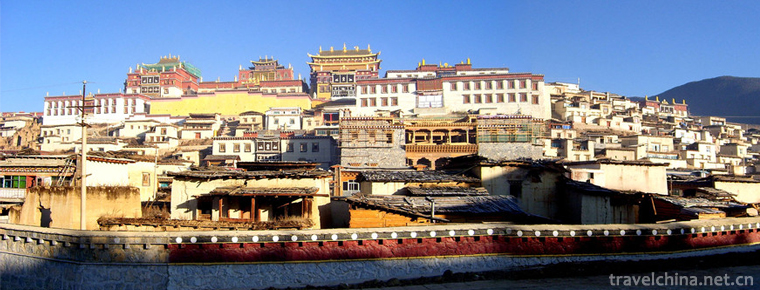
- By ChinaWiki.net
- Chinese Edition
- 2018-10-20
Kardan Songzanlin Temple is the largest Tibetan Buddhist monastery in Yunnan Province. It is also one of the famous monasteries in Kang District. It is also the center of Yellow religion in Sichuan and Yunnan. It plays an important role in the whole Tibetan area and is praised as "Little Potala Palace". The temple is built on the hillside and looks like an ancient castle. It is a collection of Tibetan plastic arts and is also called "Tibetan Art Museum".
The temple, also known as the Guihua temple, is 5 kilometers away from the county town of Zhongdian. It is an ancient castle group built in the ancient town. It was built in 1679 and completed in 1681. The 5th Darai Lama gave him the name of "Dan Dan Song Lin".
The monastery is surrounded by oval walls. The main hall is magnificent and magnificent. The murals in the temple are colorful and exquisite. The main purpose is to describe historical sites and allusions and to promote Buddhist doctrine. The two main temples, Zhan Cang and Ji Kang, were built at the highest point and occupy the central part of the whole temple. The grand temple faces south and is a five story Tibetan sculpture building. The upper layer of the main hall is gilded with bronze tiles, the corners of the hall are kissed with eaves, and it has a Chinese Temple architectural style. The lower hall has 108 bars, representing the auspicious number of Buddhists. The hall can accommodate 1600 people. The left and right walls are "ten thousand roll cabinets" of the Tibetan scriptures. The front seat of the main hall is dedicated to the bronze statue of the Fifth Dalai Lama, followed by the remains of the spiritual pagoda of famous monks. The main building on the top floor has a Buddhist hall dedicated to the Buddha statues of the 5th and 7th Dalai Lamas, as well as the bay leaf scriptures, Tangka, handed down artifacts and so on.
Like the Tibetan Buddhist architecture, the two living halls of Songzanlin Temple and Jikang stand high in the center. The eight large Kangshen and monk's houses are surrounded by arch guards. They are tall and scattered, progressive in layers and distinct in three-dimensional outline, which fully reflects the magnificence of the main building. The main building is barn, and the Tibetan language is monastery. It is the place where the monks learn classics and study doctrines. The temple of the back is provided with the bronze Buddha of Zong Kaba, Maitreya Buddha and Darai of the seventh world. There are eight Lacan in the middle, namely, the shrine, the law enforcement hall, the cloth room, the quiet room, the dining room and so on. The front floor living room is used for VIP banquet and watching "Qiang Mu" (mask) dance. On the top floor, there is a Buddhist hall with a Buddhist temple dedicated to the statues of the 5th and 7th Dalai Lamas, as well as the bay leaf scriptures, Tangka, and other artifacts handed down from generation to generation. The south of the Buddha's hall is the towering Bell Tower and Drum Tower, which has heard ten hours in the morning, noon and evening.
The monastery is a collection of the essence of Tibetan religion and culture, with golden and brilliant buildings, rich and colorful gold-plated copper tiles, cornices of the temple, beasts kissing eaves, vast and magnificent hall of Zha Cang, and many Buddhist statues in the hall: Kunta is tall and sacred, and the murals in the west chamber on both sides are beautifully carved.
Legend has it that the site of the temple was decided by the Dalai Lama who asked God for divination. The God said, "The forest is deep and the spring is clear, and the golden flying birds are playing in it." Visitors come into the temple and meet the dry springs all the year round, and can often find a pair of golden Snipe in the temple. The name of the temple is given by Darai. "Kadan" means to inherit the Kadan Temple established by the ancestor of Huang religion, Zongkaba; Songzan refers to the three divine emperors of the heavenly realm, Shi, Meng Li and Lou Su Tour; and "Lin" refers to the "Temple". The whole implication can be understood as follows: "All appearances and densities are not practiced at one time. This temple was built in order to make the non-dirty Dharma endlessly benefit all living beings and make it perfect." Songzanlin Temple has become the highest organ of the system of political and religious unity in this region, and the "three treasures" of Buddhist and Buddhist monks in Yunnan, Tibet, Sichuan and Tibet. The pilgrims from all over the country to the north are endless, and the incense is very strong.
According to records, there is a deep "law boundary" between the pine temple and the seventh Darai, Gesang Gia Zo. After the sixth Dalai Lama "soared", the reincarnated spiritual child (later the seventh Dalai Lama) identified by the prayer of the Buddhist monks in Lhasa was persecuted by the Tibetan King Lazang Khan of Mongolia and Huzot, so the spiritual child was escorted by monks to the Songzanlin Temple for refuge. The spiritual child presents the milk to the water source procedure, prays that this water becomes the milk sweat to raise the sentient beings, this water thus becomes "the milk river". Hou Lingtong was supported by the Emperor Kangxi of Qinghai Province, and was finally endorsed by the emperor at that time. He was given the title of "Hou Fa Jue Zhong". Therefore, VII Darai supported the expansion of the Song Dynasty.
In the summer of 1936, He Long led the long march of the red two army through Shangri-La. He Long and Shao Ke visited the Naturalization Temple, visited the living Buddha and the Lama, and presented a piece of brocade of the "flourishing Pan Nationality" (the existing Chinese Military Museum). Naturalization Temple raised more than 20,000 Jin of grain for the Red Army, and sent monks as guides to support the Red Army's resistance to Japan in the north.
There are many treasures of the past dynasties in Songzanlin temple, including eight Buddhist statues of Sakyamuni wrapped in gold, Baye scriptures, colorful gold juice painted Thangka, gold and various exquisite gold or silver incense burners, Wannian lanterns and so on. Jin Temple has a collection of more than 200 books, such as Gan Zhu Er, two of which are Golden Juice Handbooks and Dan Zhu Er.
There are many treasures of the past dynasties in Songzanlin temple, including eight statues of Buddha Baojin Sakya in the period of the Fifth Dalai Lama and the Seventh Dalai Lama, palm-leaf scriptures, colorful golden juice painted Tangka and golden lamps. Songzanlin Temple has a collection of ten Danjul, two of which are hand-written books for gold juice, as well as various exquisite gold or silver incense burners, Wannian lanterns and so on.
When the King's Prayer was chosen as the site of the temple, the Dakar Lama divined, "A clear spring appears in the deep forest, and the King's Prayer plays in the meantime. There is a clear spring in Songzanlin's temple, which does not overflow in spring and summer, but does not dry in autumn and winter. Outside the Sutra Room of the Living Buddha who collapsed on the third floor of Zacang Hall, there was a picture of Meri's "sun and moon shining together". Some people said it looked like a butter lamp, while others said it looked like the sun, moon and stars on the top of the White Pagoda worshipped by the Tibetan people. It is said that he Jinwu once went to Meili three times without seeing his true face. On his fourth visit, he first went to Songzanlin Temple to see Kesi Living Buddha, and the Living Buddha did Dharma for him. So he saw that it was not an ordinary scene, but he took this picture.
Songzanlin Temple is located at a high altitude area, altitude of more than 3,300 meters, even in August may fall a few snowflakes. It is advised to bring coats, down garments, gloves and antiskid boots. With a dry climate and strong ultraviolet radiation, women should be prepared for sunscreen, sunshade caps, sunglasses, especially for visits after October to bring enough cold clothes. Every year from June to September is the rainy season of Diqing plateau. People usually choose to play in spring and summer.
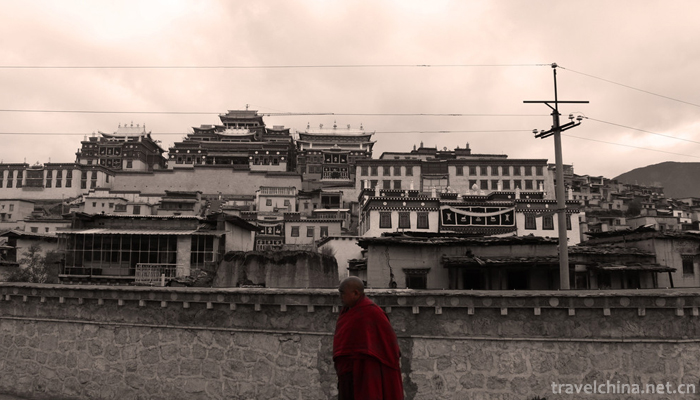
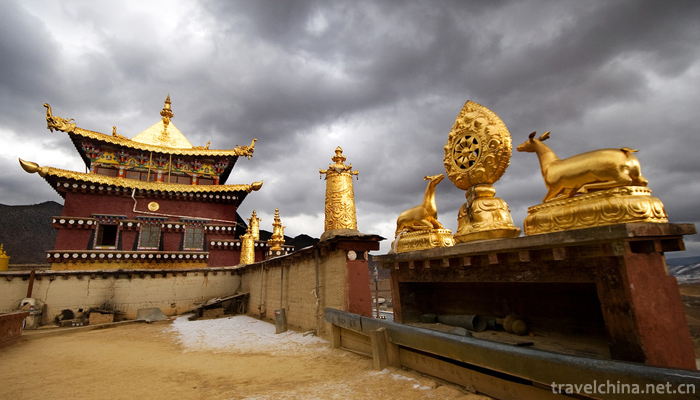
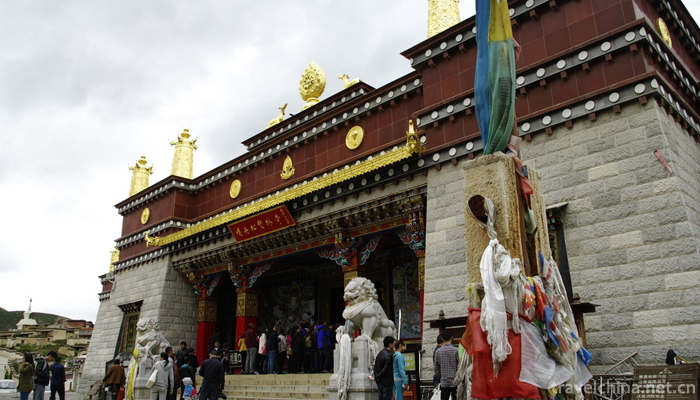
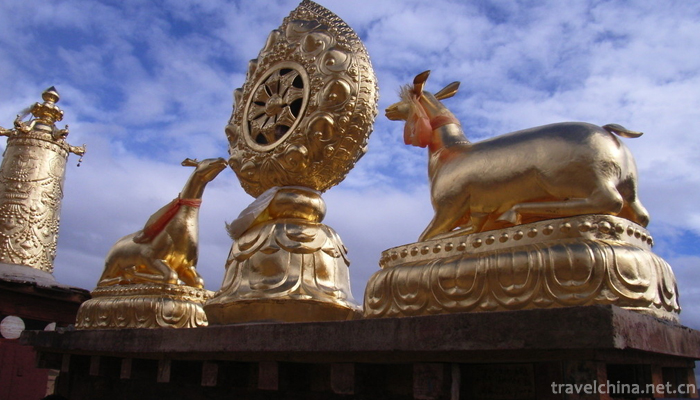
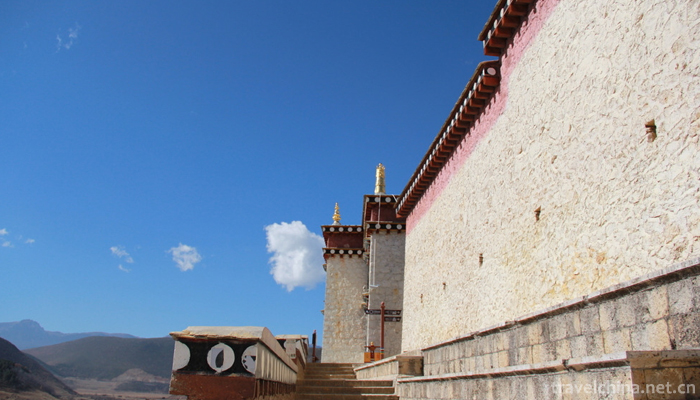
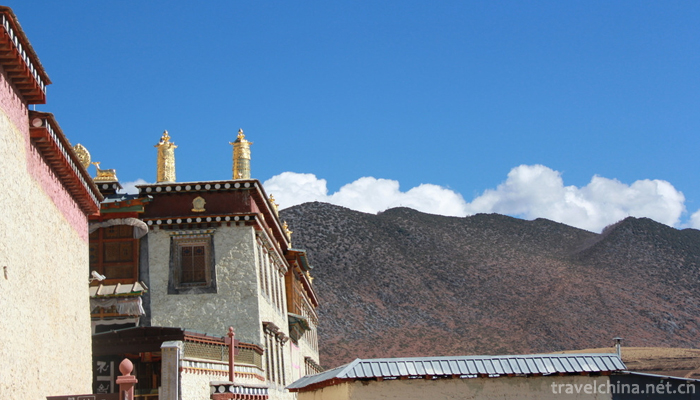
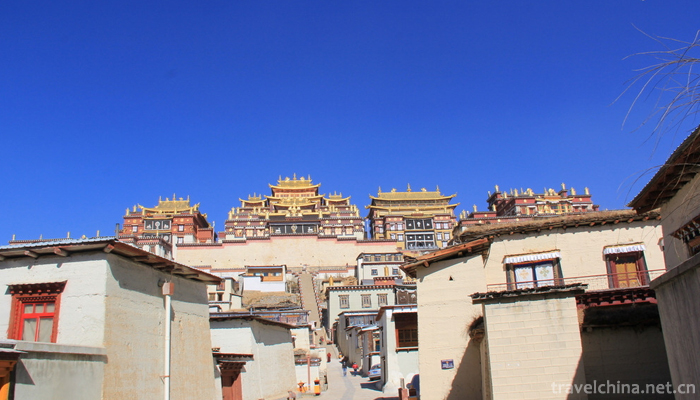
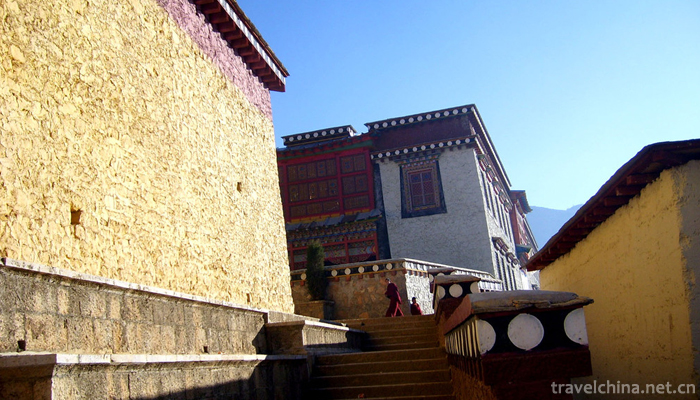
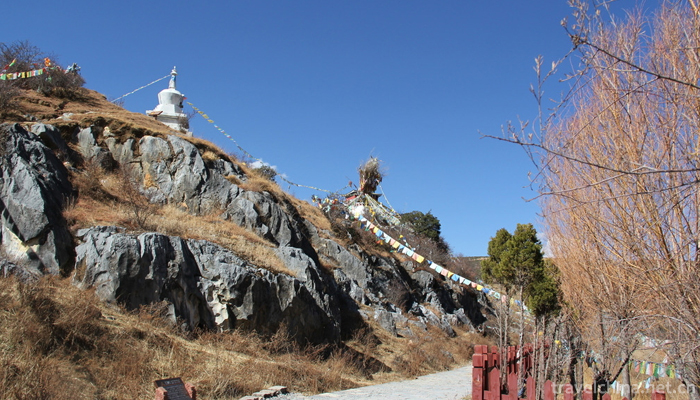
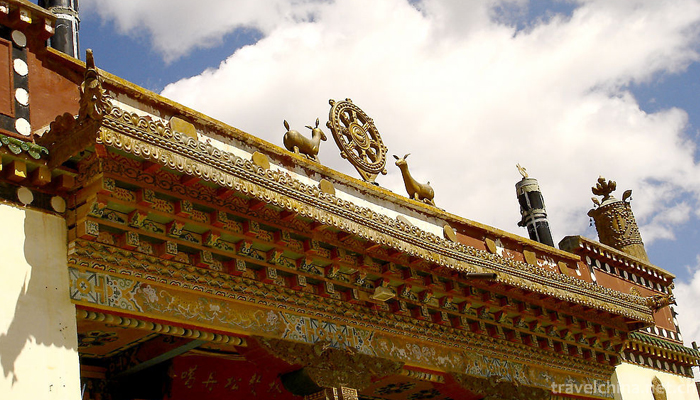
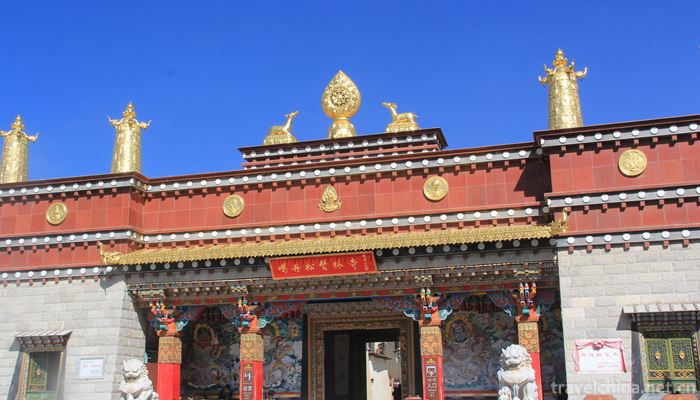
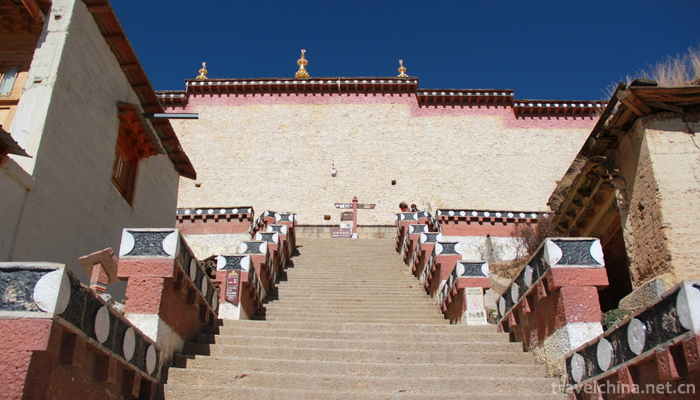
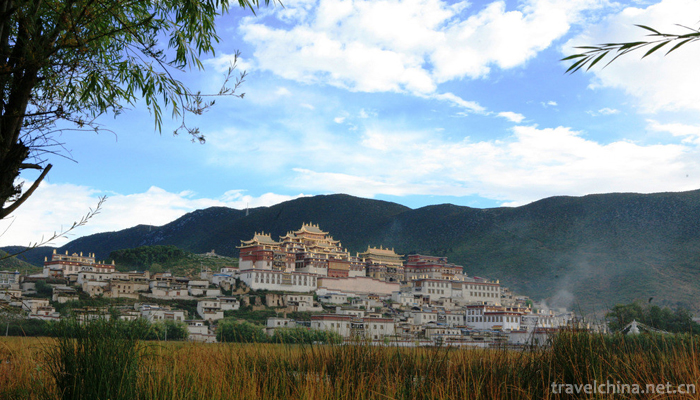




Ask a Question
Your email address will not be published.



0 Questions